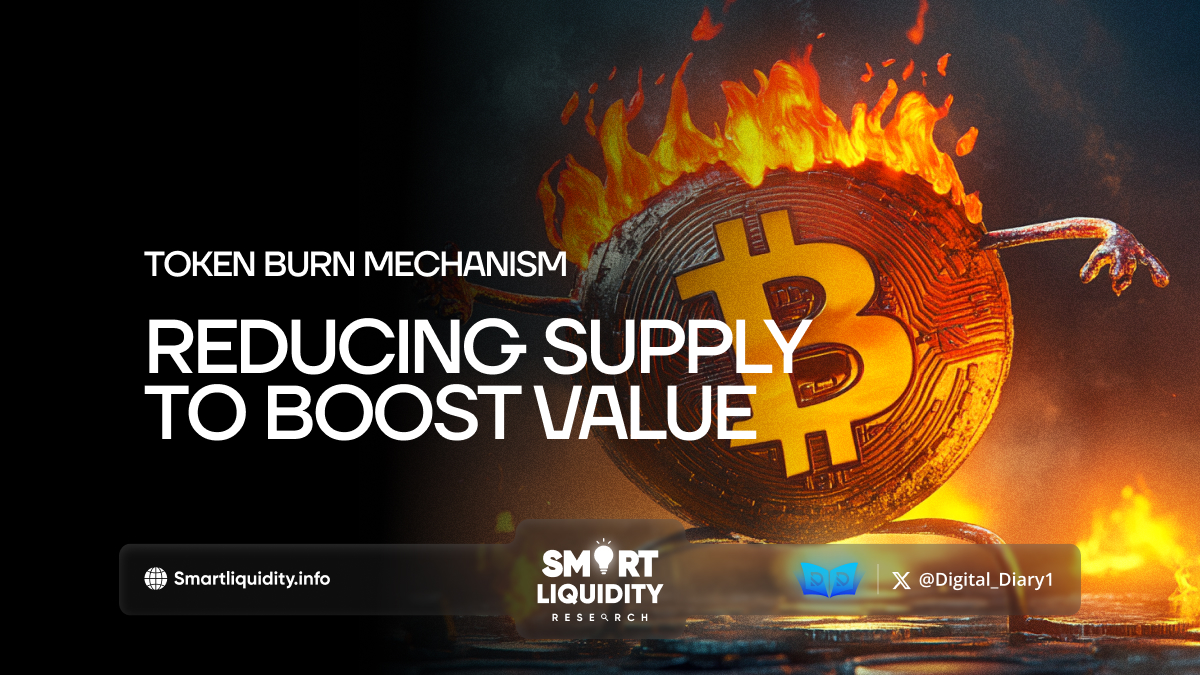Token Burn Mechanism: Reducing Supply to Boost Value


Token Burn Mechanism: A Strategic Approach to Boosting Value
In the world of cryptocurrency, one of the most intriguing concepts to arise in recent years is the token burn mechanism. This strategy is often employed by projects to reduce the overall supply of a specific token, thus creating scarcity and, in theory, boosting its value. But what exactly does this mean, and how does it benefit the cryptocurrency ecosystem? Let’s dive into this innovative concept and uncover its potential impact.
Understanding Token Burning
At its core, token burning is the process of intentionally destroying a portion of a cryptocurrency’s total supply. This is usually done by sending tokens to an address where they are locked forever and cannot be retrieved. Think of it as taking coins out of circulation, which can have a ripple effect on both the market and the community.
The Role of Scarcity in Value Creation
One of the primary reasons behind token burns is to create scarcity. Scarcity is a fundamental economic principle that drives value. When an asset becomes rarer, its demand tends to increase. This is because people begin to perceive it as more valuable due to its limited availability. In the case of cryptocurrencies, burning tokens reduces the circulating supply, which, in turn, can lead to an increase in the value of the remaining tokens.
How Token Burns Can Influence Market Sentiment
The announcement of a token burn can often stir excitement in the market. Investors and traders alike may see it as a positive sign of a project’s long-term vision and sustainability. The act of burning tokens can also help address concerns related to inflation within a token’s ecosystem. By reducing the supply, token burns can counterbalance any potential devaluation caused by an over-saturation of tokens in the market.
Examples of Successful Token Burn Mechanisms
Several high-profile blockchain projects have adopted token burns to enhance the value of their tokens. For instance, Binance Coin (BNB) regularly conducts token burns as part of its ongoing strategy to reduce the supply and increase the value of BNB. Similarly, Ethereum has implemented its EIP-1559 upgrade, which introduces a deflationary model by burning a portion of the transaction fees paid in ETH.
Potential Risks and Considerations
While token burning can be a powerful tool for boosting value, it’s essential to understand the potential risks. If not implemented correctly, token burns can create artificial scarcity, leading to price volatility. Additionally, excessive burns could lead to the project depleting its supply too quickly, leaving fewer tokens available for the community and potential future use cases.
Conclusion
The token burn mechanism is a fascinating aspect of the cryptocurrency world that plays a vital role in shaping the value of tokens. By reducing supply and fostering scarcity, projects can create a more attractive environment for investors and users. However, like any strategy, it must be carefully executed to ensure long-term sustainability and growth.
REQUEST AN ARTICLE
Disclaimer: The content presented here is for informational purposes only and should not be considered as financial advice. Cryptocurrency investments involve risk, and readers should conduct thorough research or consult with a financial advisor before making any investment decisions.




